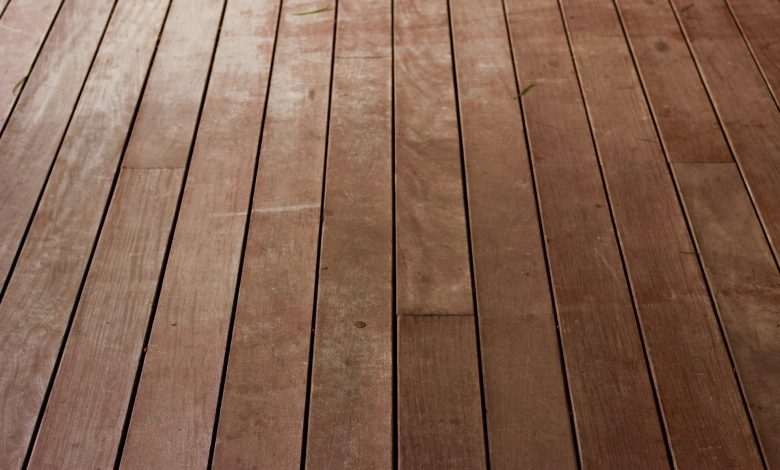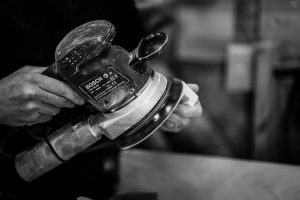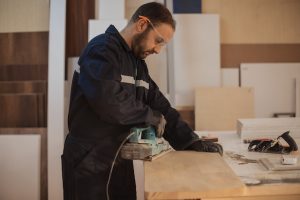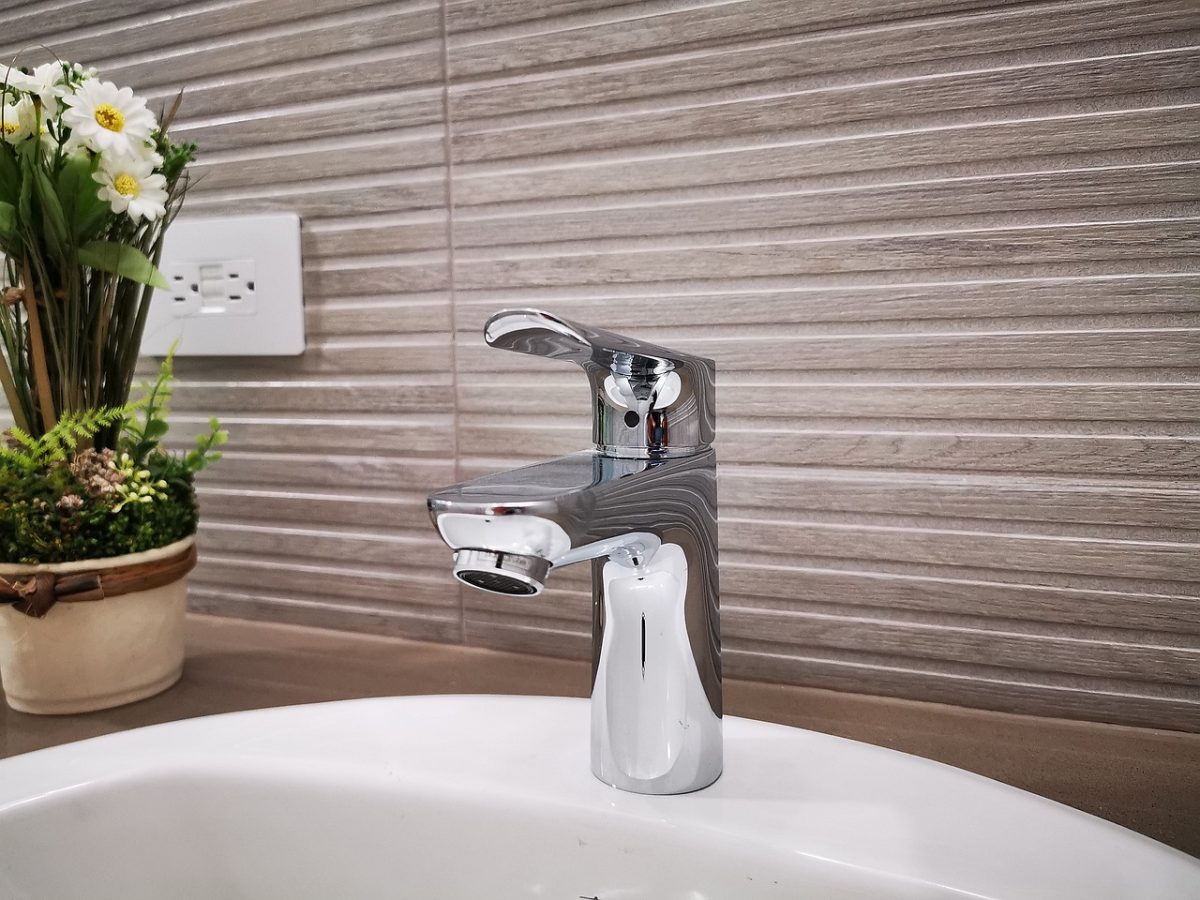Floor Sanding And Its Advantages

Sanding floors is a mechanical operation for processing the surface of the floor covering to give it evenness and smoothness. The advantages of Sanding Wood Floors are obvious and visible to the naked eye, because:
- The polished floor has an aesthetic and much more attractive appearance than the unpolished floor covering;
- It is much easier to take care of a polished surface, due to the fact that small dirt particles practically do not linger on it, and even for a number of reasons;
- After sanding of floors, their surface becomes less susceptible to mechanical stress, such a coating is more reliable and durable.

As you can see, there are quite a few advantages regarding sanding of floors. The procedure is quite complicated and time-consuming. And this is a reason to entrust the whole process to professionals from Floor Sanding London.
Find out below how the process of floor sanding takes place to once again verify its complexity.
Complex process of floor sanding
The floor is sanded with one goal: to create the most even surface. Still, the elimination of height differences, irregularities and defects in various cases may occur differently. Professionals take all these circumstances into account before starting work in order to stock up on the right tool.
The procedure of floor sanding itself can be different and consists of several stages. Regardless of whether hand tools or electrical equipment are used at work, the main technique is the use of a grinding nozzle with fine grain. This approach will make it possible to succeed even in the presence of very small defects.

- Workers free the floor surface from interior items, dismantle the floor skirting boards.
- They get rid of the protective floor covering.
- Then they inspect the floor for the presence of protruding screws or nails. If there are any, they need to be drowned in wood.
- To update the old parquet, workers check the dies to make sure that they are properly screwed to the base.
After grinding with a coarse abrasive, they putty cracks on the boards or parquet dies. And only then they proceed to the finishing treatment of the floor.
If the work is carried out by special equipment, workers take into account the electricity consumption of the equipment. The network must withstand the power of the device.
Grinding methods
There are two main ways to perform this operation:
- Wet. In this case, workers use special abrasive components well suited for mosaic or marble coatings to polish the floor with hands.
- Dry. This method is used for processing all classic surfaces, including concrete, wooden and self-leveling. The disadvantage is that a huge amount of dust is formed during operation, so one has to constantly pause so that it has time to settle. When grinding dry, it is advisable to use machines equipped with a vacuum cleaner.
So, contact the floor sanding experts. Observing all the principles and taking into account the nuances, they will be able to perform floor sanding in the shortest possible time and get the optimal result.




